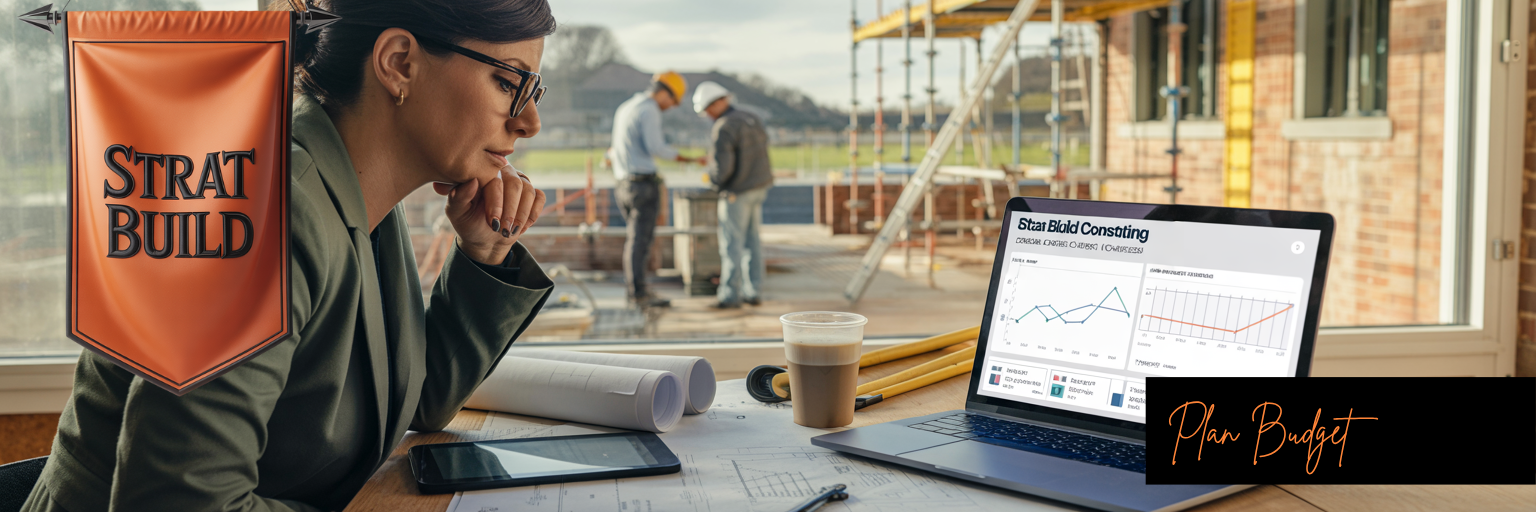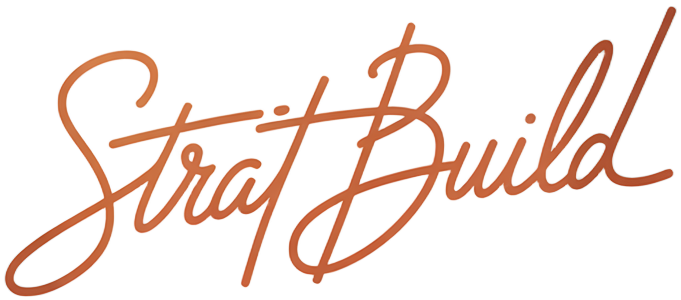
How to Budget a Residential Renovation Project
Renovating a home can be an exciting yet challenging endeavor. Whether you are updating a single room or undertaking a full-scale renovation, budgeting is a critical component of the process. Without proper financial planning, a renovation project can quickly spiral out of control, leading to financial strain and unfinished work. This report provides a comprehensive guide on how to effectively budget for a residential renovation project, incorporating insights from reliable sources and recent data.
Introduction to Renovation Budgeting
Home renovations are significant financial investments. On average, homeowners spend between 5% and 15% of their home’s value on renovations. For instance, if your home is valued at $300,000, you might budget between $15,000 and $45,000 for your project (Big Home Projects, 2025). However, unexpected costs, such as hidden damages or material price fluctuations, can inflate these figures. Therefore, creating a detailed and realistic budget is essential to ensure the success of your renovation project.
Step 1: Assess Your Financial Situation
The first step in budgeting for a renovation is to evaluate your financial position. This involves understanding how much you can realistically afford to spend without compromising your financial stability. Begin by reviewing your savings, income, and existing financial obligations such as mortgage payments, car loans, and credit card debts (JMG Construction, 2025).
Experts recommend keeping a portion of your savings untouched to handle emergencies unrelated to the renovation. Additionally, explore financing options such as home equity loans or renovation-specific lending products if necessary (D56 Construction, 2025).
Step 2: Define the Scope of the Project
Clearly defining the scope of your renovation project is crucial. Categorize your renovation goals into three groups:
- Must-haves: Critical repairs or improvements addressing safety, compliance, or essential functionality.
- Nice-to-haves: Enhancements that improve your living experience or add value but are not urgent.
- Optional items: Decorative upgrades or specialized features that can be considered if the budget permits (JMG Construction, 2025).
This classification helps prioritize spending and ensures that essential costs are covered first.
Step 3: Research and Estimate Costs
Materials and Labor
A well-planned budget accounts for all potential costs, including materials, labor, permits, and furnishings. Researching material costs is essential. Compare prices from various suppliers and consider potential price fluctuations, especially for items like flooring, tiles, and lumber (True Mortgage Plus, 2025).
Labor costs can constitute up to 30% of the total renovation budget. Obtain multiple quotes from contractors to ensure competitive pricing and transparency. Itemizing contractor bids can help you understand the breakdown of costs (Big Home Projects, 2025).
Permits and Compliance
Depending on the scope of your renovation, you may need permits to comply with local building codes. These costs should be factored into your budget. Additionally, older homes may require updates to plumbing, electrical systems, or structural components to meet current codes, which can add unexpected expenses (CMS Material Solutions, 2025).
Digital Tools for Cost Estimation
Utilize digital tools like Homezada and Houzz to estimate and track renovation costs. These apps provide detailed pricing databases for materials and labor, tailored to your project needs. Some even incorporate AI to analyze local market data, ensuring your budget is based on real numbers rather than guesses (Birkes Builders, 2025).
Step 4: Include a Contingency Fund
Renovations often come with surprises, such as hidden water damage, outdated wiring, or structural issues. To prepare for these unforeseen costs, set aside a contingency fund of 10-20% of your total renovation budget. For example, if your budget is $30,000, allocate an additional $3,000 to $6,000 for unexpected expenses (CMS Material Solutions, 2025).
Step 5: Monitor and Track Expenses
Tracking expenses regularly during the renovation process is vital to staying within budget. Use detailed expense trackers or budgeting spreadsheets to monitor spending against each category. This allows you to identify areas where you may be overspending and reallocate funds if necessary (Business Dojo, 2025).
Step 6: Avoid Mid-Project Changes
One of the primary reasons renovation budgets exceed initial estimates is mid-project changes. While it may be tempting to upgrade materials or add new features, these changes can significantly increase costs. Stick to your original plan to avoid unnecessary expenses (Moneyzine, 2025).
Step 7: Work with Experienced Professionals
Hiring experienced contractors and designers can help you avoid costly mistakes. Communicate openly about your budget and expectations from the beginning. Professionals can provide valuable insights into cost-saving measures and help you navigate potential challenges (New Concept 180, 2025).
Step 8: Prioritize Return on Investment (ROI)
When deciding which projects to undertake, consider their potential ROI. For example, kitchen and bathroom renovations often yield higher resale value compared to other upgrades. Prioritizing projects with a strong ROI ensures that your investment adds long-term value to your home (Big Home Projects, 2025).
Conclusion
Budgeting for a residential renovation project requires meticulous planning, thorough research, and strategic decision-making. By assessing your financial situation, defining the project scope, researching costs, and including a contingency fund, you can create a realistic budget that minimizes financial stress. Regularly tracking expenses and avoiding mid-project changes further ensures that your renovation stays on track.
With proper budgeting, your renovation project can transform your living space into the home of your dreams—without breaking the bank.
References
- Birkes Builders. (2025). How to plan renovation expenses without going over budget? https://www.birkesbuilders.com/blog/all/how-to-plan-renovation-expenses-budget
- Big Home Projects. (2025). 10 Essential Tips for Budgeting Your Home Renovation Project. https://bighomeprojects.com/10-essential-tips-for-budgeting-your-home-renovation-project/
- CMS Material Solutions. (2025). How Much Should You Set Aside for Unforeseen Costs in a Home Renovation. https://cmsmaterialsolutions.com/blogs/news/how-much-should-you-set-aside-for-unforeseen-costs-in-a-home-renovation
- JMG Construction. (2025). 5 Steps for Home Renovation Budgeting: How to Budget Effectively for Your Project. https://jmgbuild.com/home-renovation-budgeting/
- True Mortgage Plus. (2025). The Ultimate Guide to Planning and Budgeting for a Successful Home Remodel. https://truemortgageplus.com/home-improvement/the-ultimate-guide-to-planning-and-budgeting-for-a-successful-home-remodel/
- D56 Construction. (2025). The Ultimate Guide to Budgeting for a Home Renovation: From Planning to Completion. https://www.d56construction.com/blog/the-ultimate-guide-to-budgeting-for-a-home-renovation-from-planning-to-completion/
- Business Dojo. (2025). How to Budget for Unexpected Expenses in Home Renovations. https://dojobusiness.com/blogs/news/home-renovation-unexpected-expenses
- Moneyzine. (2025). Free Home Renovation Budget Template (Excel Download). https://moneyzine.com/personal-finance/home-renovation-budget-template/
- New Concept 180. (2025). Expecting the Unexpected: Common Unforeseen Home Remodeling Setbacks and How to Prepare for Them. https://www.newconcept180.com/insights/expecting-the-unexpected-common-unforeseen-home-remodeling-setbacks-and-how-to-prepare-for-them

Strat Build Consulting
Management Team
The management team of Strat Build Consulting exemplify professionalism and extensive experience in the construction project management industry. With decades of hands-on expertise across all phases of construction—from strategic planning and budgeting to risk management and project delivery—they have a proven track record of successfully leading complex, high-value projects.

